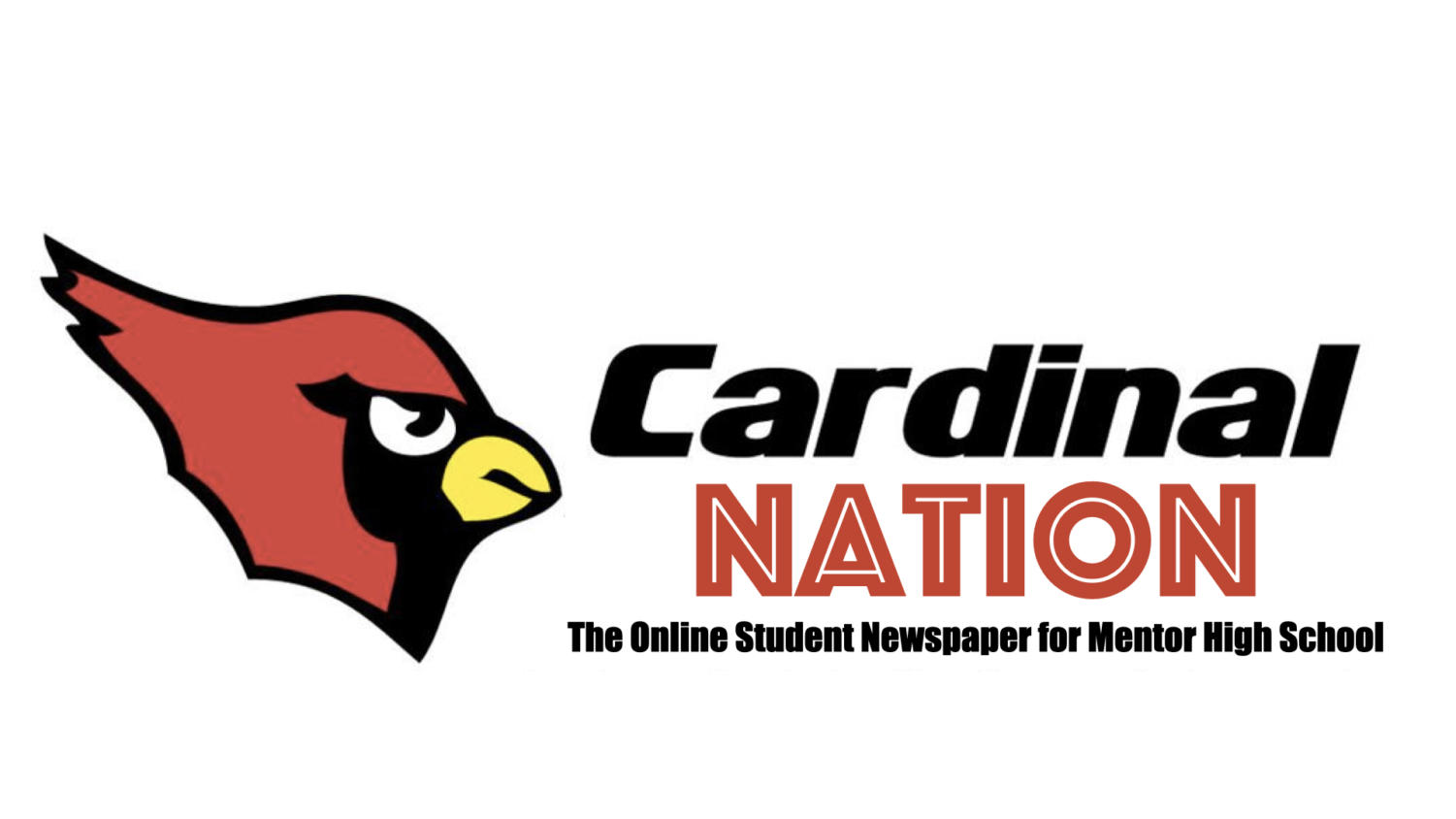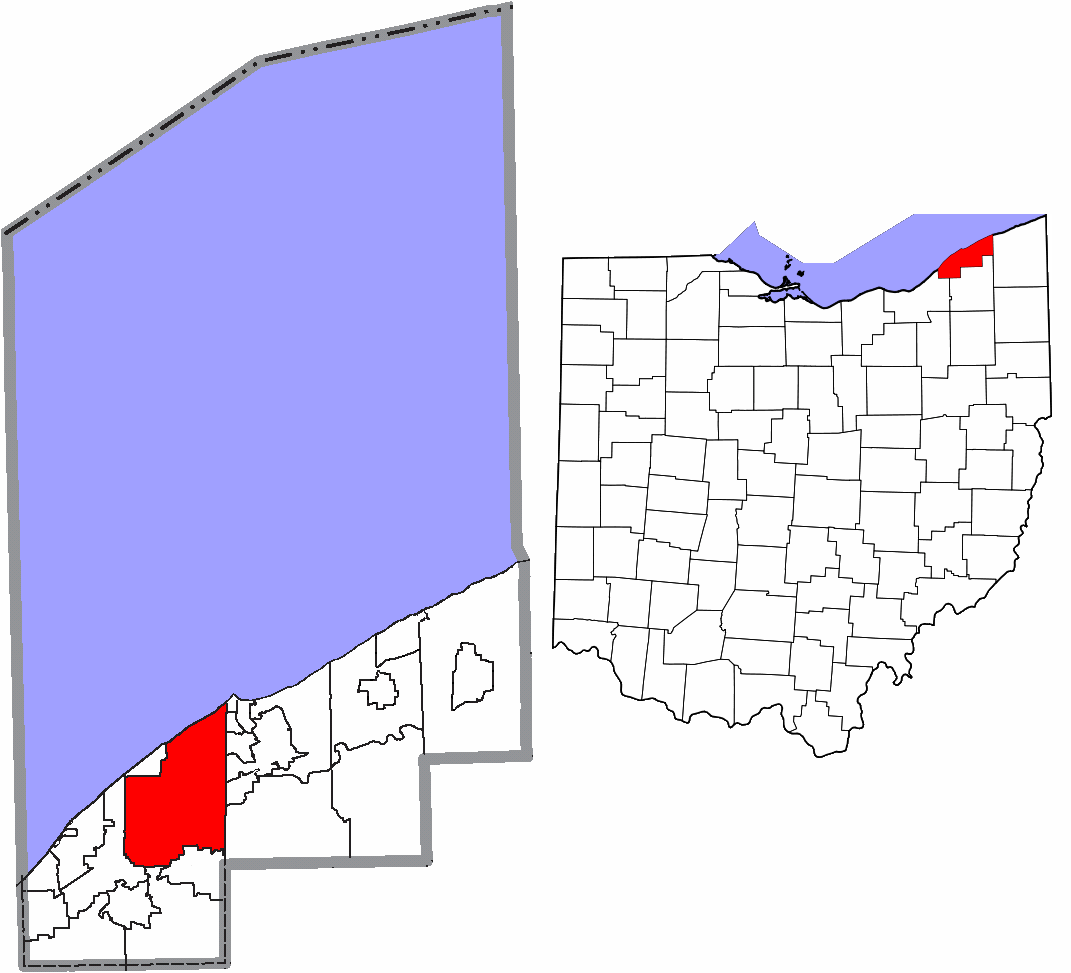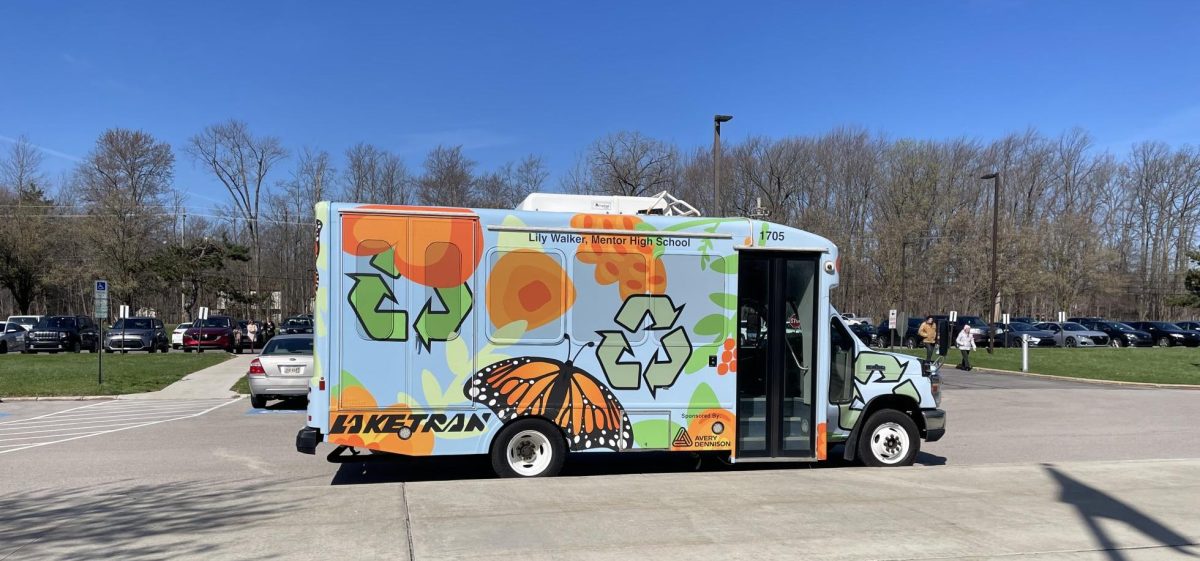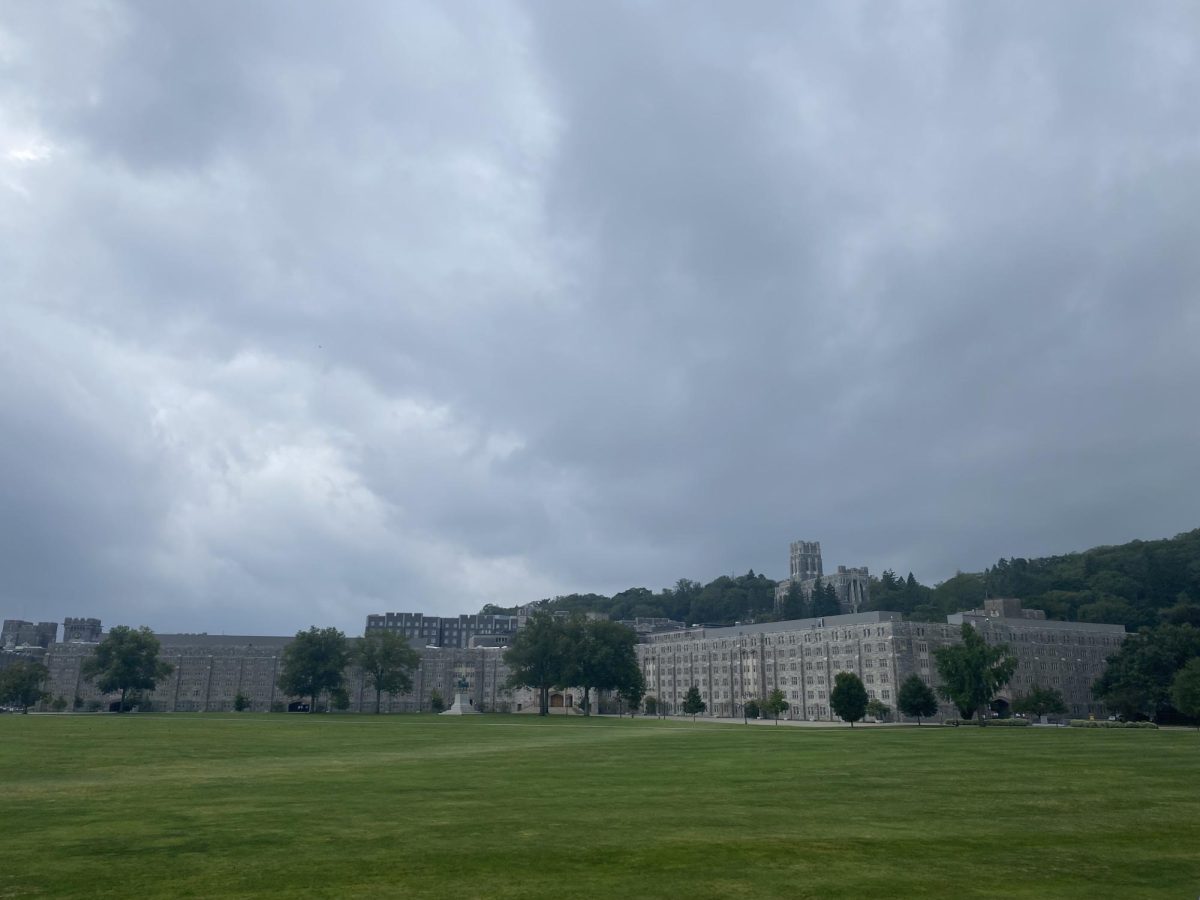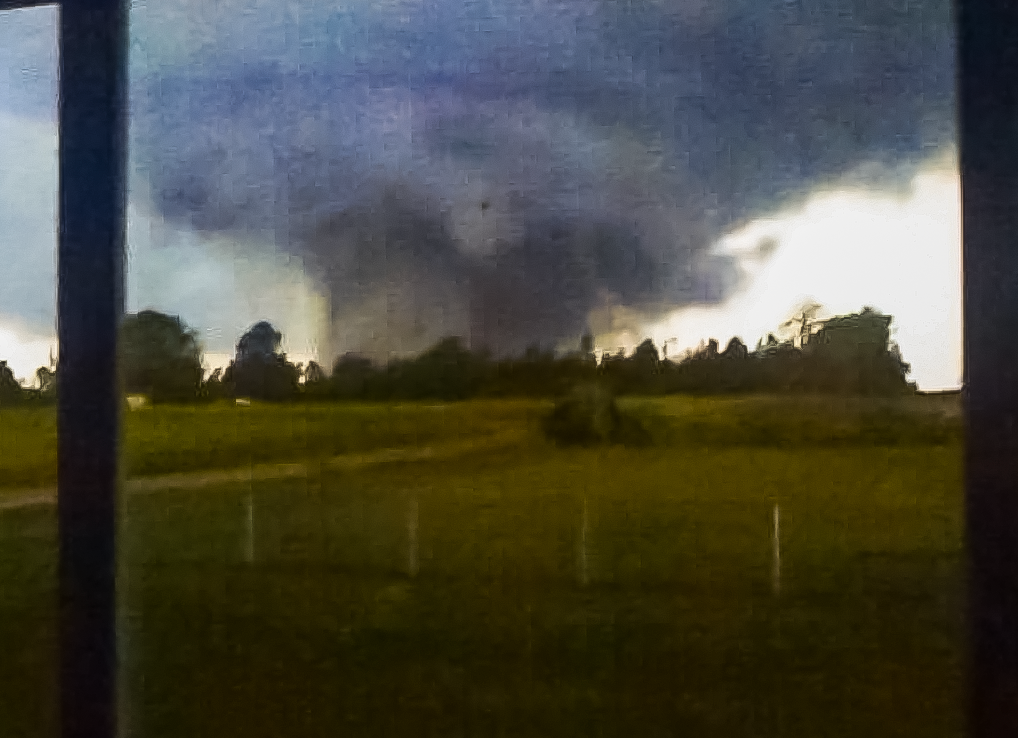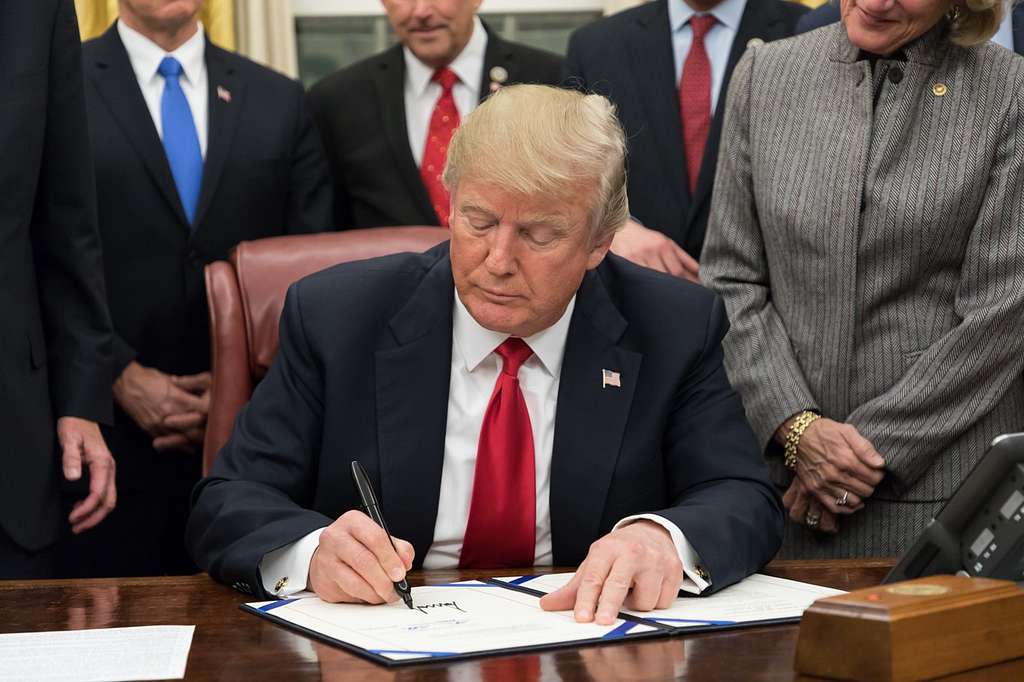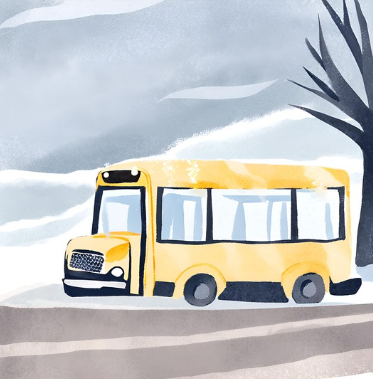A number of people in northeast Ohio are quick thinkers. They firmly believe that a good service provides growth and opportunities to all people of the region. In particular, the people of Mentor are loyal to the improvement and growth of businesses, activities, and sites to see if people throughout the state and country should ever visit. They also fight for a steady tax rate and income for each person in the workforce. The primary focus of the citizens is to keep society up to date with its tactics, as well as protect from any potential danger and competition with other regions of Ohio, or any other state. 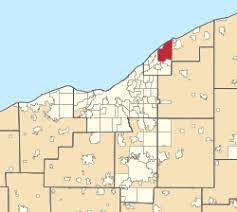
Mentor has certainly come a long way from industrialization since its settlement in 1797. Pioneers settled in on horses and wagons, bringing lots of goods with them that would come to create a new civilization. Over the years, the community has seen the expansion of several schools, churches, and libraries while keeping management up to code, bringing thousands of people together at a time.
As of February 2024, Mentor has a population of 47,450 with a 27.99 square mile area of both land and water. It uses the Eastern Time Zone, and a zip code is either 44060 or 44061 for a civilian.
Citizens in the Mentor area are worth a property value of $189,400 on average. Thus it would seem that the steady creation of new jobs has given rise and power to the people in the most recent years. Most likely, it seems that the people are breaking free from the stress of the 2008 economic crisis that seemed endless. At that time, Treasury securities were reduced significantly due to the Federal Reserve’s credit expansion. With this contraction, the only solution was the financial sector, which supervised and regulated the economy to get most people back on their feet in the workforce. Since then, unemployment rate and turmoil declined and the United States, including Mentor, has rarely faced financial challenges since.
Meanwhile, people also think questionably to understand the economy: What is the state of the Mentor economy? What are Mentor’s strengths and weaknesses economically? What are the biggest challenges to Mentor’s economy currently? How is Mentor changing, and what does the future look like? To answer these questions, we have turned to Mentor’s Director of Economic Development and International Trade Kevin Malecek for the basic facts.

Cardinal Nation: What is the state of the Mentor economy?
Mr. Malecek: The State of Mentor’s economy is strong, mostly due to the diversity of businesses we have in the City. We have large multi-national corporations like STERIS and Avery-Dennison (a Fortune 500 company that makes its headquarters in Mentor), dozens of small to medium size manufacturers of all kinds of products, many small businesses, retailers, restaurants, and professional services/office-based businesses. It is that sheer diversity, and the fact that Mentor does not base its success on one business alone, that ensures Mentor’s economy remains strong. Our unemployment rate is below 3%, and is the lowest in the State of Ohio among cities our size.
Cardinal Nation: What are Mentor’s strengths and weaknesses economically?
Mr. Malecek: Our strengths include a strong set of existing businesses, particularly those in the manufacturing arena, that continue to grow, profit, and prosper. The diversity of businesses I mentioned before ensure our strengths. We have high property values, a solid strong school system, high quality police, fire, EMS, and recreation, green space, a high quality of life for a low cost of money, and a City with a well-funded and balanced budget with a strong cash reserve. Our weakness includes an aging population, which isn’t a bad thing as people want to stay here, but it makes it more difficult to attract workers for new jobs and to ensure that new younger families have places to live and thrive.
Cardinal Nation: What are the biggest challenges to Mentor’s economy currently?
Mr. Malecek: Our biggest challenges are the aforementioned workforce issue – we have more jobs to fill than there are workers to fill jobs. It is a problem facing the United States and many parts of the developed world as a whole, and given aging populations, it makes it difficult for employers to grow. We are also running out of space for new industrial/manufacturing builds and for new residential neighborhoods. High interest rates have also challenged developers and businesses that want to build in the community. We also face challenges in the evolution of retail and how that affects an area like Great Lakes Mall and the surrounding area, which is a primary source of economic vibrancy.
Cardinal Nation: How is Mentor changing, and what does the future look like?
Mr. Malecek: Mentor is growing older, and we need to find and build housing for people that are older that may want a lower maintenance situation, but choose to remain in Mentor. Mentor needs to continue to attract younger families with a high-quality school system, and we need some of those single-family homes available for younger families to move into. Given that manufacturing remains strong in Mentor and with reshoring initiatives currently being a high-priority for business and government, our industrial/manufacturing sector still has the opportunity for growth, which will keep Mentor’s economy strong into the foreseeable future.
